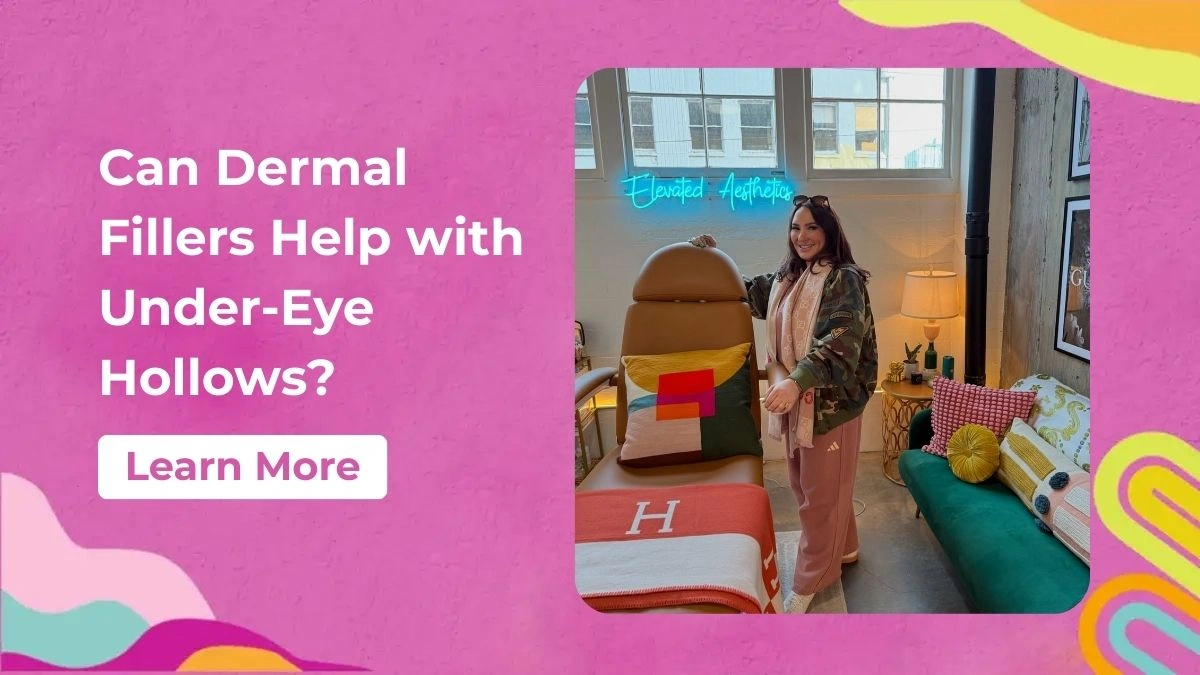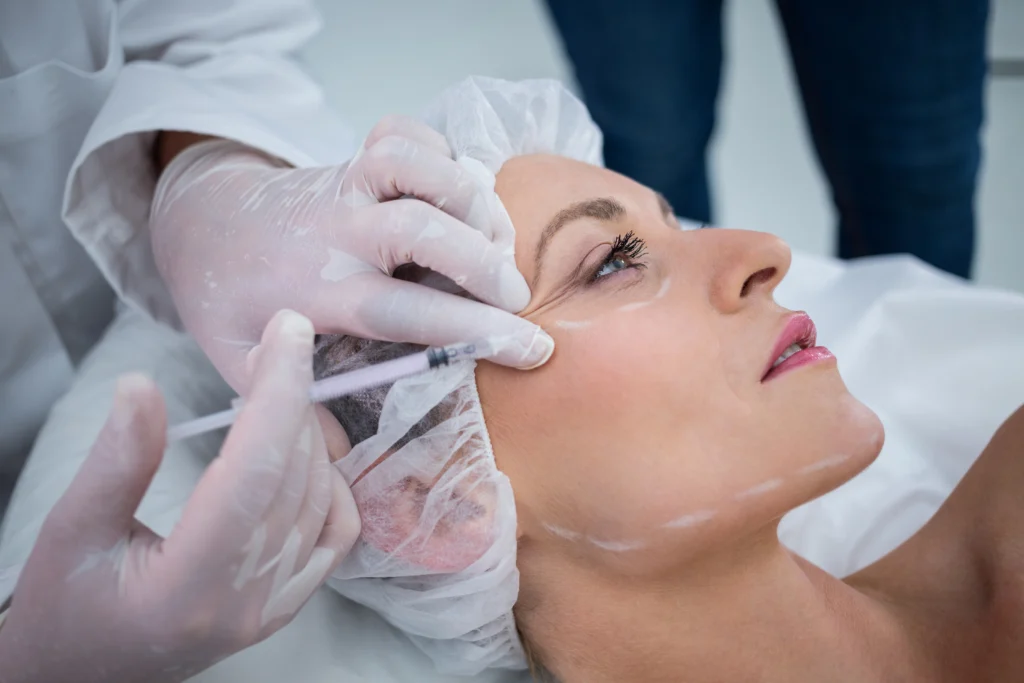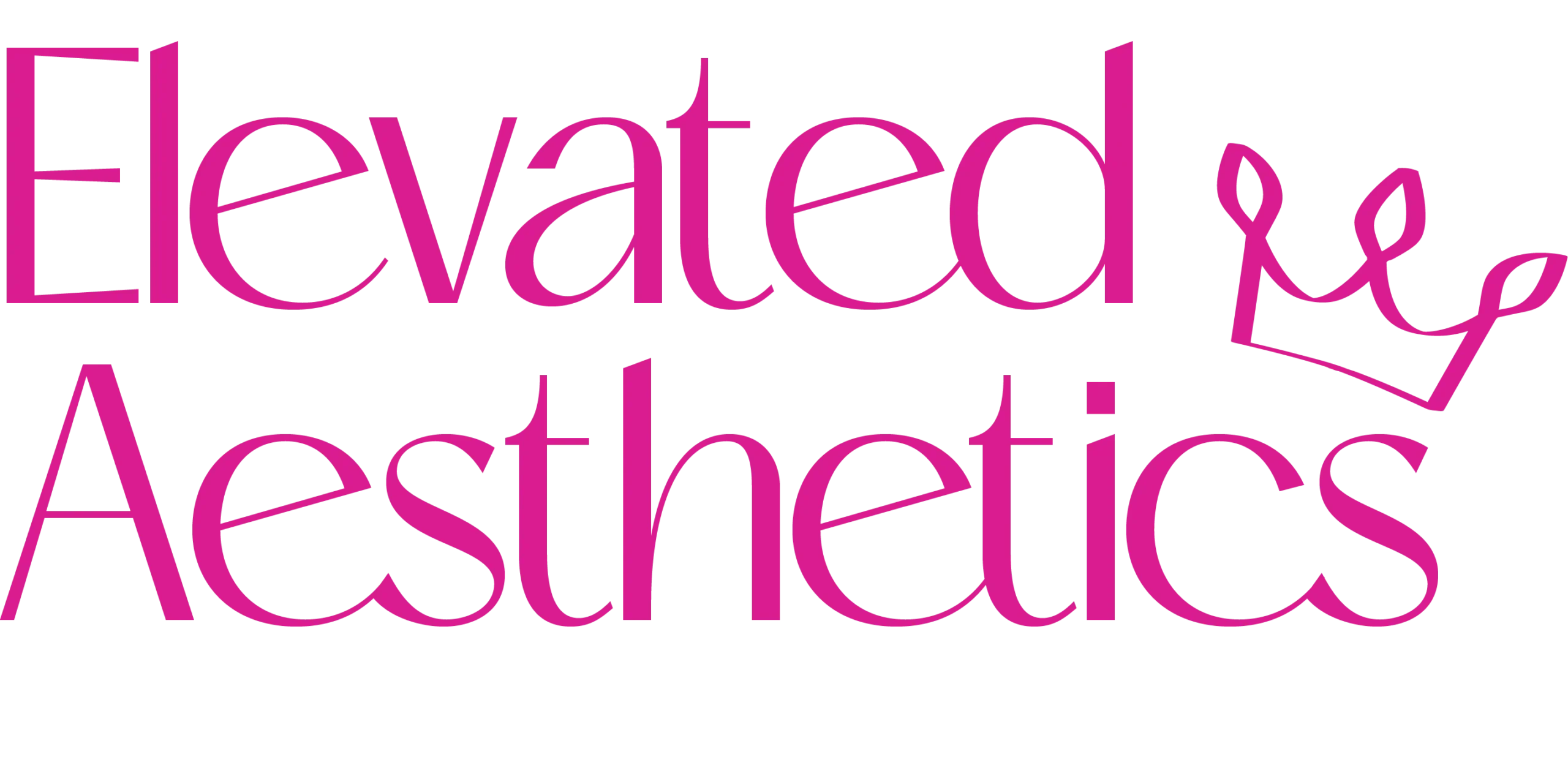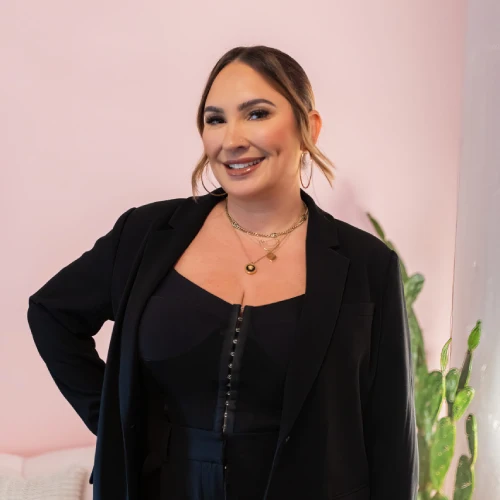Dark hollows under the eyes make people look tired and aged, and many struggle to hide them with makeup and creams. Dermal fillers have become one of today's most popular cosmetic treatments to restore volume in this sensitive area. The quick procedure takes less than 30 minutes and shows immediate results with minimal recovery time. …

Dark hollows under the eyes make people look tired and aged, and many struggle to hide them with makeup and creams. Dermal fillers have become one of today’s most popular cosmetic treatments to restore volume in this sensitive area. The quick procedure takes less than 30 minutes and shows immediate results with minimal recovery time.
People need to understand what causes their under-eye hollows before starting treatment. These hollows develop from various factors including genetics, aging, lifestyle choices, and natural volume loss. Filler treatments provide effective results for this concern. Hyaluronic acid fillers work best for under-eye hollows because they fill the empty spaces and boost the skin’s collagen production. Dermal fillers might be your ideal solution if you want to fix under-eye hollows without surgery. This piece covers everything you should know about this increasingly popular treatment option.
What Causes Under-Eye Hollows?
Under-eye hollows develop from several connected factors. Dark circles might appear temporarily from poor sleep, but hollows show actual changes in facial structure.
Age remains the biggest reason for under-eye hollows. Our skin loses its bounce and becomes thinner as collagen production drops. The fat pads under our eyes shrink or move position, which creates a sunken look. The skin’s support structure weakens while the orbital bone recedes with age, making the under-eye area deeper.
Your genes also play a key role. Many people naturally have deeper tear troughs and under-eye hollows because of their inherited facial features. This trait often becomes more noticeable with age, though some people show these features early in life.
| Cause Category | Specific Factors |
| Structural Changes | • Loss of fat and collagen • Orbital bone recession • Weakening supportive structures |
| Genetic Factors | • Inherited facial anatomy • Predisposition to thinner skin |
| Lifestyle Influences | • Dehydration • Poor sleep quality• Stress • Significant weight fluctuations |
| Environmental Factors | • Sun exposure • Air pollution |
| Medical Conditions | • Vitamin deficiencies (C, K, E) • Allergies causing “allergic shiners” • Sinus infections |
Lifestyle choices affect how noticeable under-eye hollows become. Dehydration makes hollows stand out as skin loses its fullness. Bad sleep habits weaken eye muscles, and smoking damages collagen and elastin—proteins that keep skin elastic. Too much salt and alcohol lead to fluid retention, which makes hollow eyes look worse.
Knowing these causes helps select the right treatment for under-eye hollows. The best approach might include fillers, proper hydration, lifestyle changes, or a mix of these options, depending on what’s causing the problem.
How Dermal Fillers Work for Under-Eye Hollows

Hyaluronic acid (HA), a substance our bodies naturally produce, forms the base of dermal fillers that keep skin hydrated and elastic. These gel-like substances add volume right away under the tear trough area. They smooth out the transition between your lower eyelid and cheek.
HA fillers work in a simple way. They pull in water molecules to create a plumping effect that brings back volume where it’s been lost. This extra volume makes tear troughs less deep and shadows less noticeable. Your skin looks fresher, and its texture improves thanks to HA’s hydrating qualities.
The FDA has approved several hyaluronic acid fillers specifically designed for the sensitive under-eye area:
| Filler Brand | Key Properties | Typical Duration |
| Restylane Family | Firmer consistency, excellent for deeper hollows | 9-12 months |
| Juvederm Products | Smoother consistency, contains lidocaine for comfort | 9-12 months |
| Belotero Balance | Thin consistency, blends naturally with skin | 9-12 months |
| Revanesse Versa | Causes less swelling, spherical particles | 9-12 months |
Qualified providers inject the filler strategically along the orbital rim and beneath the tear trough. This precise technique helps avoid issues like lumps or too much swelling. Many doctors now use cannulas instead of needles to reduce bruising risk.
HA fillers offer a major safety advantage because they’re reversible. An enzyme called hyaluronidase can dissolve the filler if results aren’t satisfactory or complications occur. This gives peace of mind to anyone thinking about treating their under-eye hollows.
Results show up right after injection, though mild swelling might hide the final look temporarily. Most people may see results lasting between 9-12 months. Under-eye fillers tend to last longer than those used in more active facial areas like the lips.
The best results come from experienced providers who know under-eye anatomy well. Their expertise ensures safe treatment and natural-looking results for under-eye hollows.
Choosing the Right Treatment and Provider

The right approach and qualified provider are vital steps in your under-eye hollows treatment experience. A complete consultation helps determine if fillers would work for you.
Candidate Assessment for Under Eye Fillers
| Ideal Candidates | Poor Candidates |
| Minimal or no undereye bags | Significant undereye bags requiring surgery |
| Excellent skin tone and elasticity | Loose or excess eyelid skin |
| Primarily volume deficiency (hollowness) | Prone to fluid retention or puffiness |
| Good midface support | History of allergies affecting the undereye area |
| No history of autoimmune disorders | Autoimmune conditions |
| Chronic inflammatory conditions | |
| Taking blood-thinning medications |
Medical experts emphasize that midface volume plays a key role in treating tear-trough depression. 100% of surveyed practitioners agree on its importance. The treatment usually requires addressing the midface first to provide support before treating the tear trough.
Your provider should be board-certified with expertise in facial anatomy. The FDA recommends licensed healthcare providers experienced in dermatology or plastic surgery and trained in filler injections. Your provider should show before-and-after photos of previous work and give honest assessments. They should decline treatment if it’s not right for you.
Soft, moldable hyaluronic acid products work best for under-eye hollows. Restylane family products have the right consistency for this delicate area. Midface support might need more structured fillers like Juvederm Voluma.
Your provider should explain side effects like bruising (in less than 20% of cases), swelling (lasting up to 4 weeks), and rare infections. Natural-looking results typically need at least two visits.
Success comes down to proper assessment, realistic expectations, and finding a provider who puts safety before sales.
Final Thoughts: Are Under-Eye Fillers Right for You?
Under-eye hollows create complex beauty concerns that stem from genetics and lifestyle factors. Dermal fillers give patients a non-surgical way to fix this problem. We’ve explored how these treatments restore lost volume and smooth out the area between your lower eyelid and cheek.
Here are the key factors you should think over to decide if fillers match your needs:
| Consideration | Important Points | Why It Matters |
| Personal Anatomy | Hollows without significant bags | Fillers work best for volume loss, not excess tissue |
| Expectations | Subtle improvement, not perfection | Realistic goals lead to higher satisfaction |
| Provider Selection | Board certification and expertise | Safety and results directly tied to injector skill |
| Recovery Planning | Potential bruising and swelling | Schedule around important events |
| Maintenance | Results last 9-12 months | Budget for periodic touch-ups |
You should carefully decide about dermal fillers after a full consultation with a qualified medical professional. These treatments give impressive results to many patients, but they might not work for everyone. People with many bags, excess skin, or certain medical conditions might do better with other options.
We suggest you meet with several board-certified practitioners who focus on facial esthetics before moving forward. Ask them detailed questions about their experience with under-eye treatments. You should also look at before-and-after photos of their previous patients who had similar concerns.
Dermal fillers are just one of many effective ways to restore volume and confidence—often without the need for surgery or downtime.
Ready to explore your options? Book a personalized consultation at Elevated Aesthetics and take the first step toward a refreshed, natural look.




